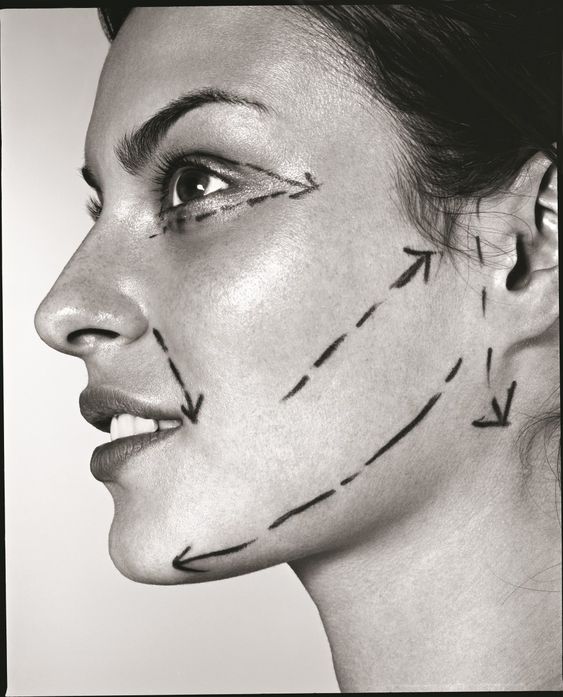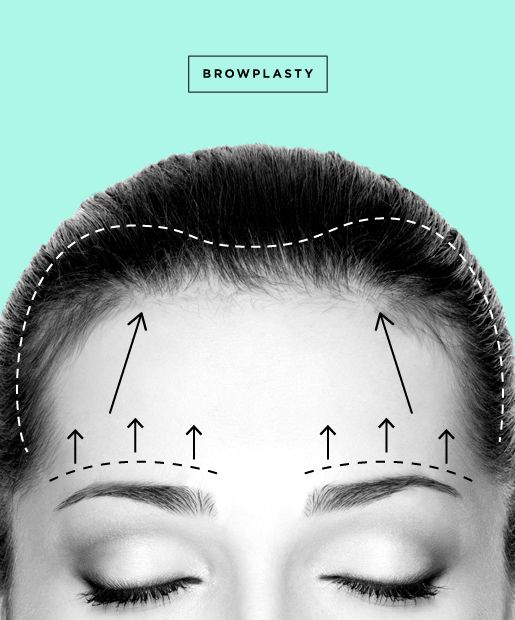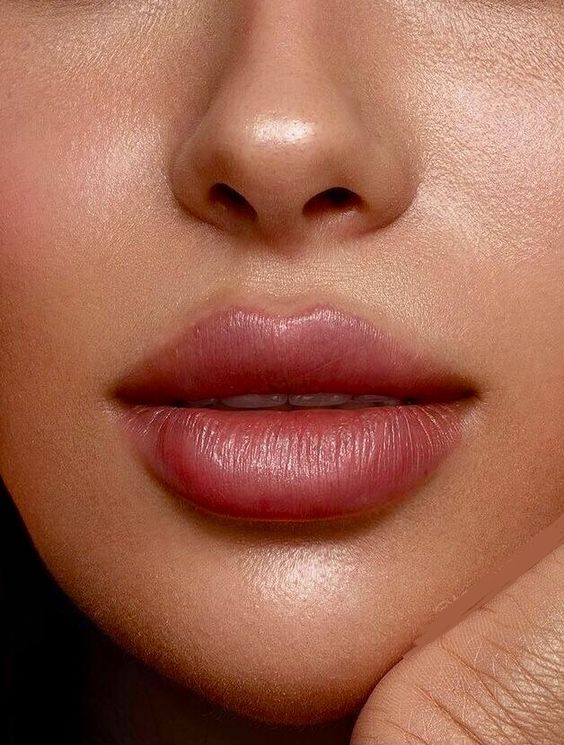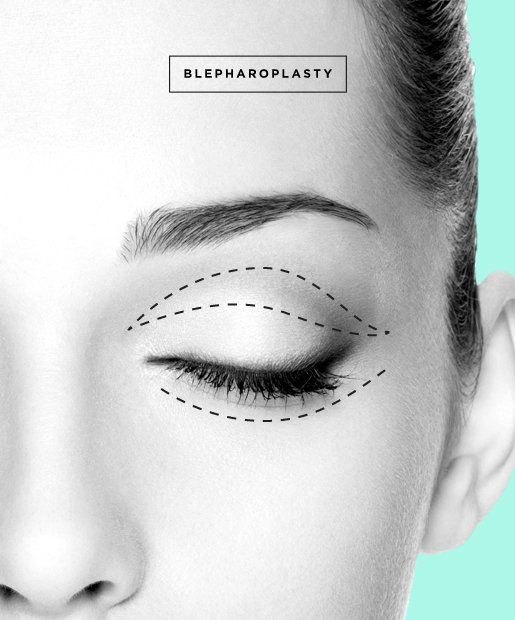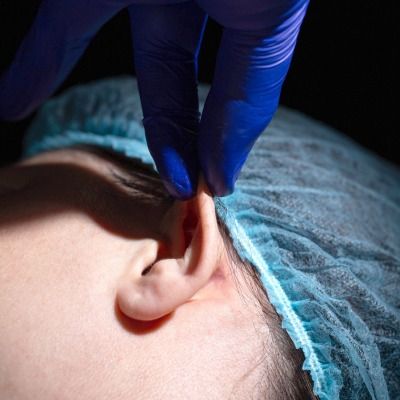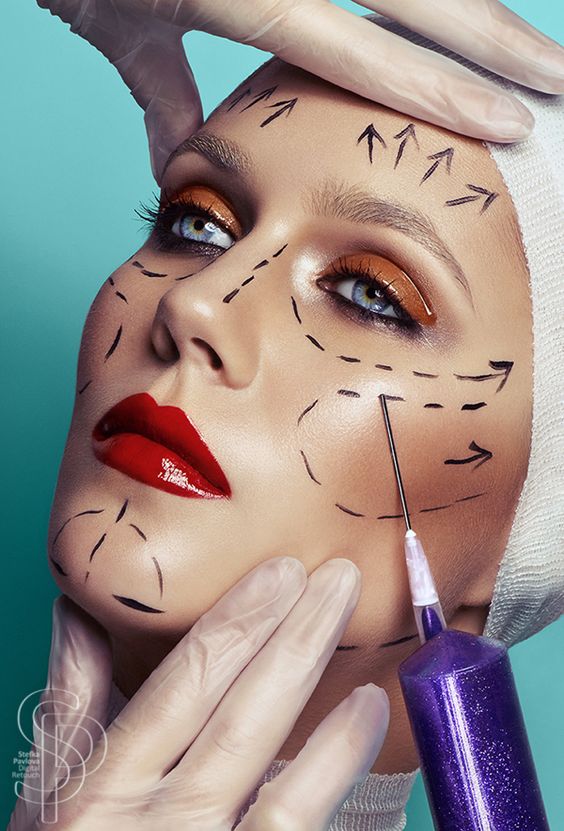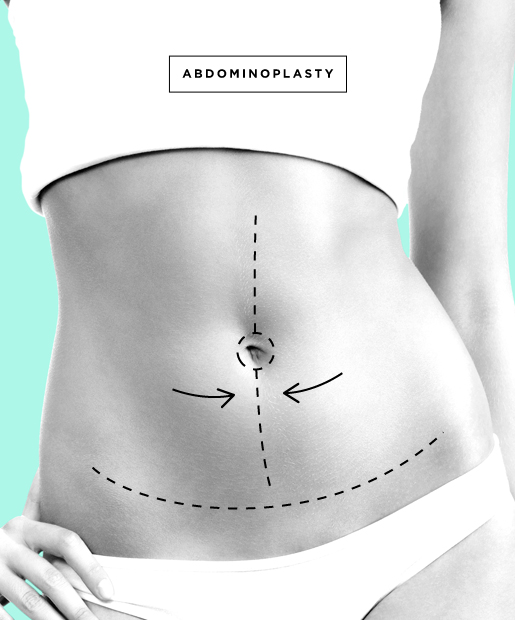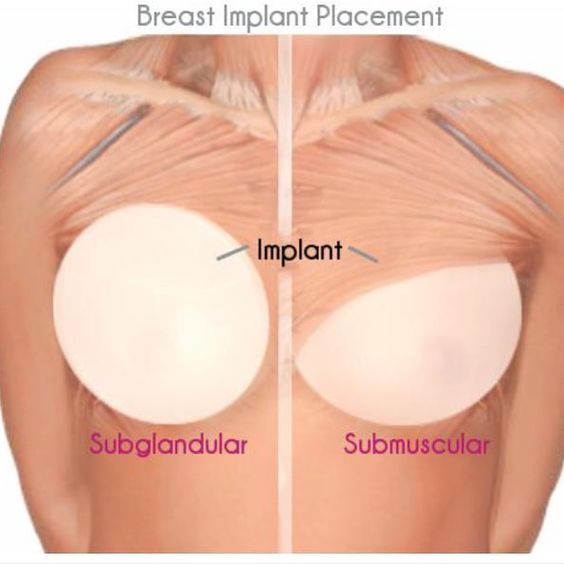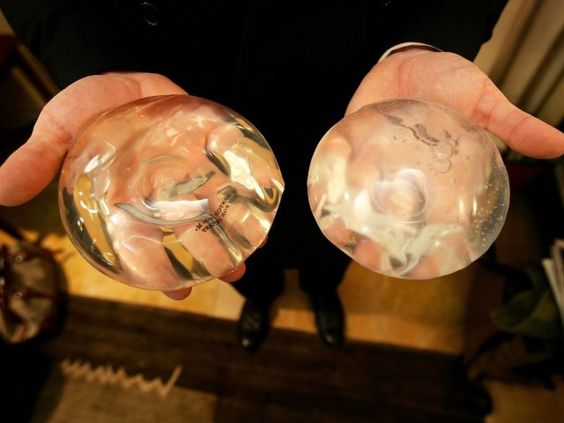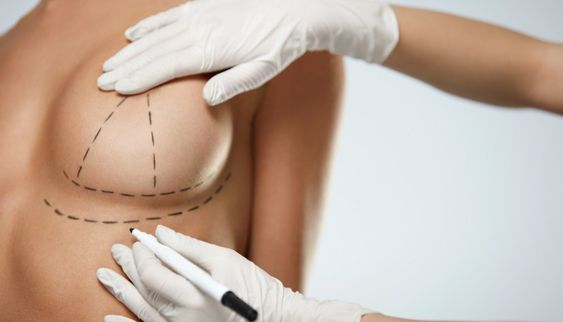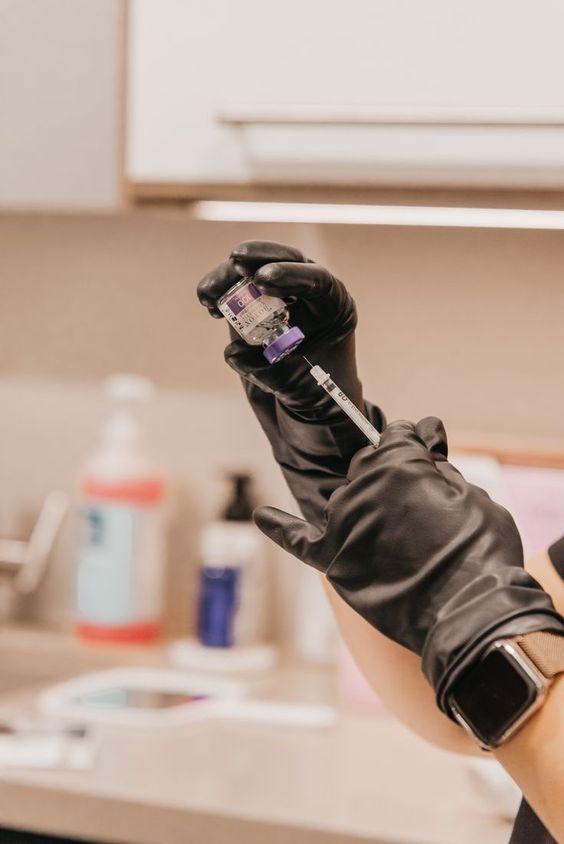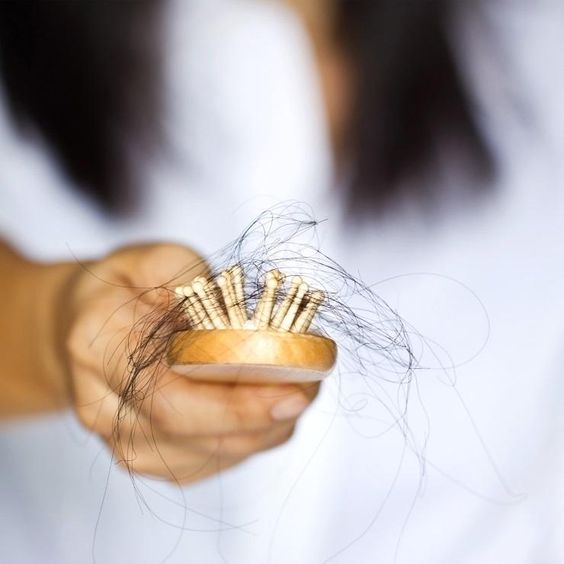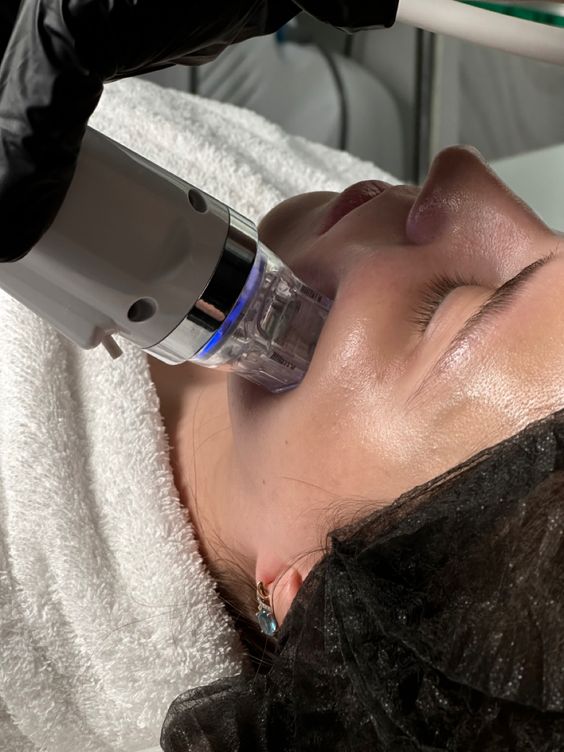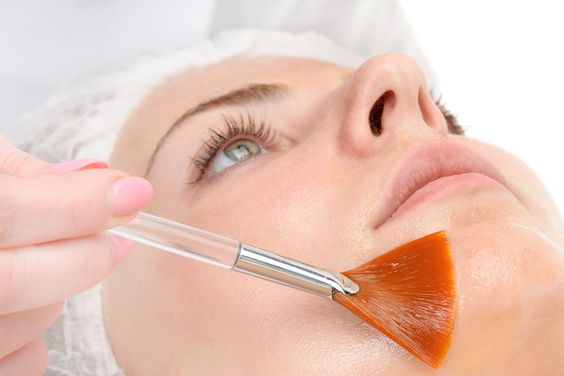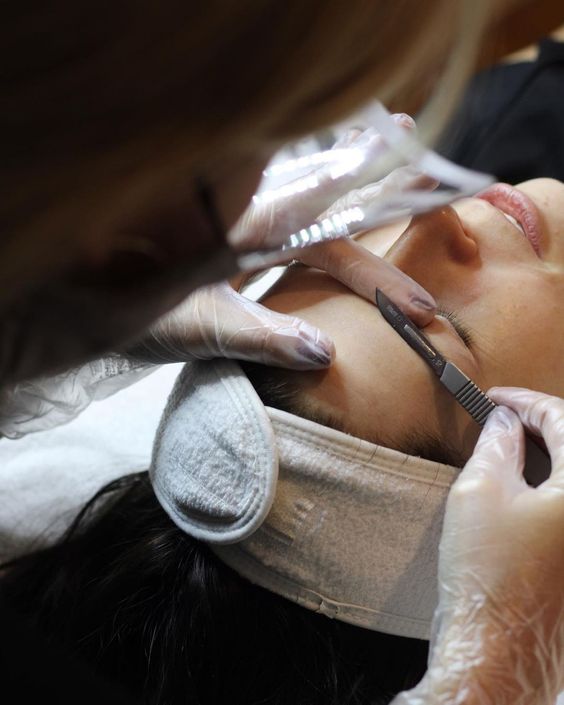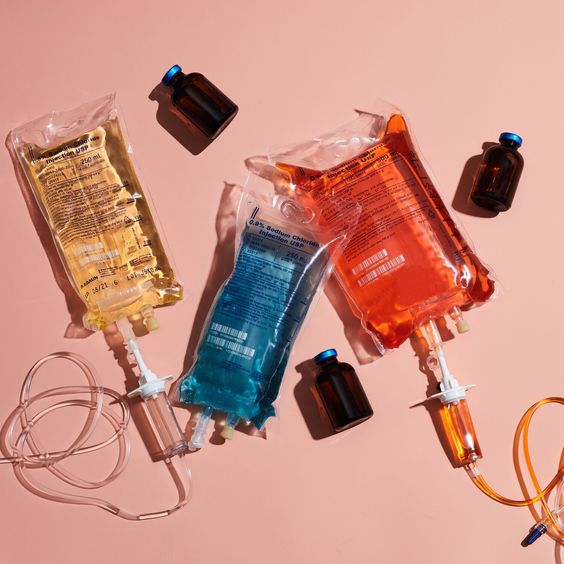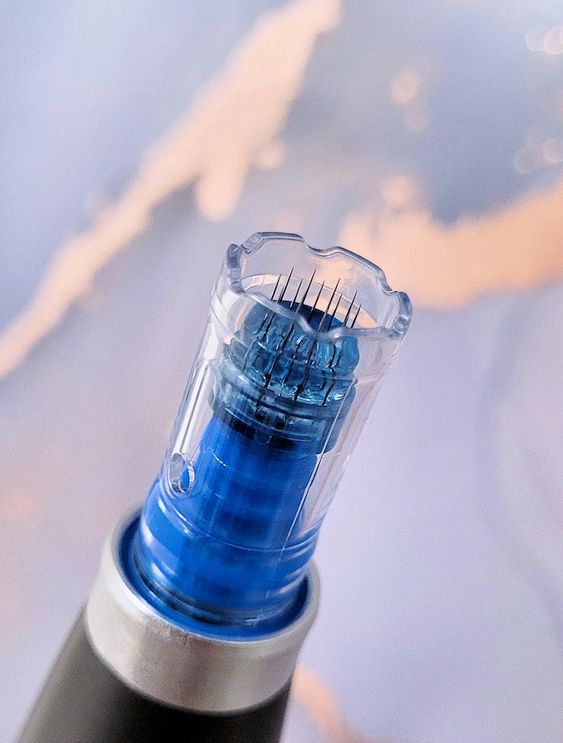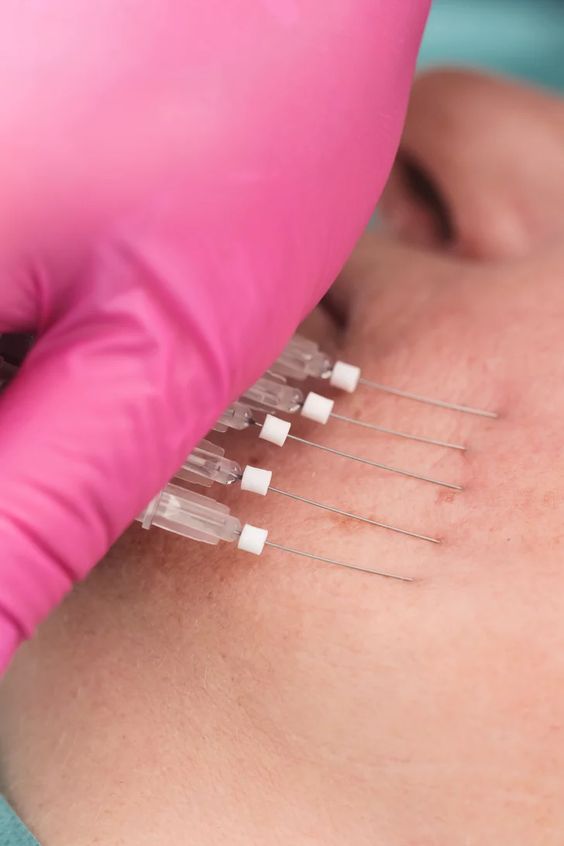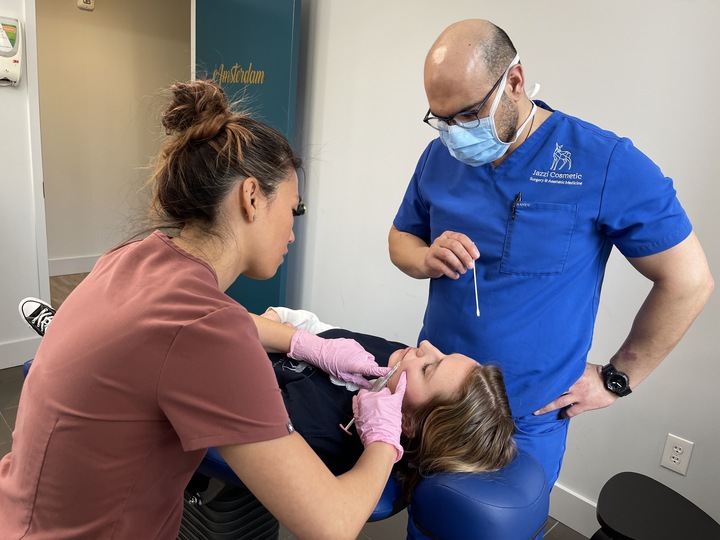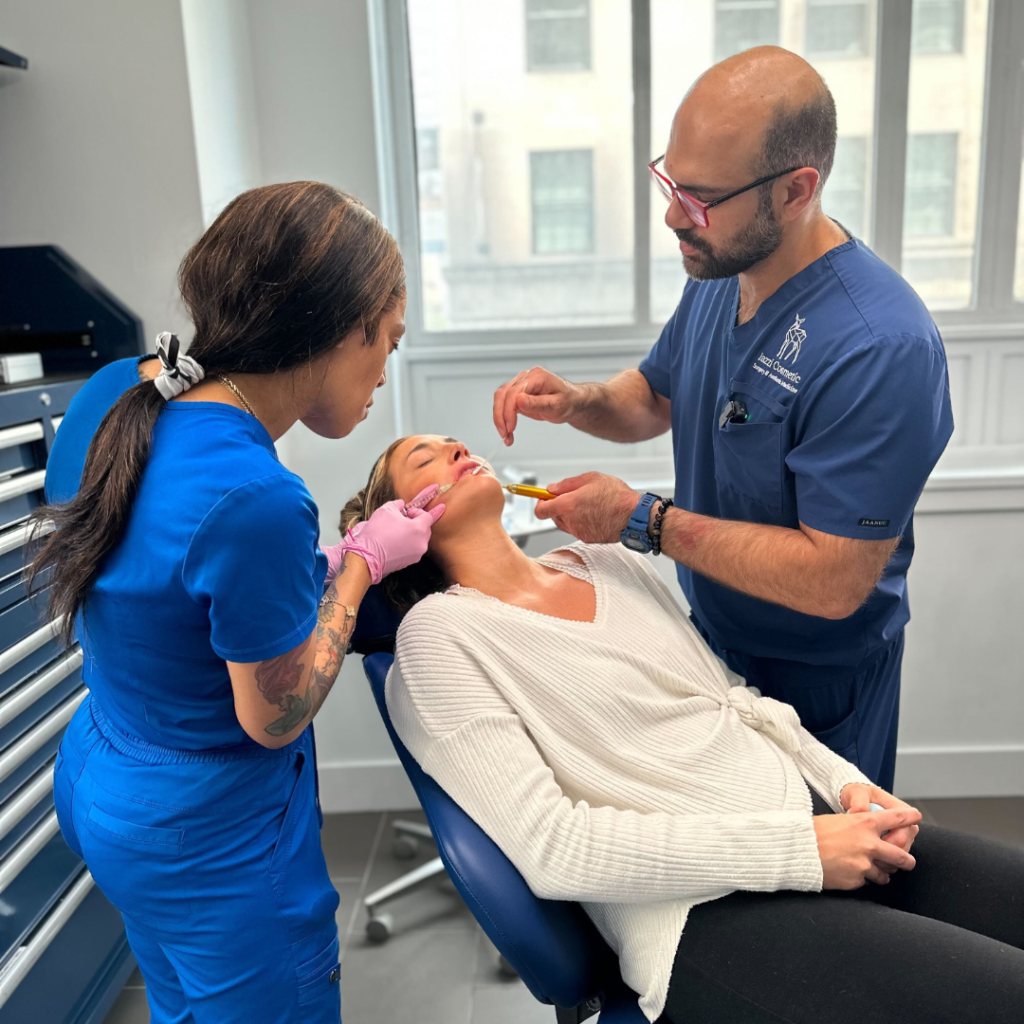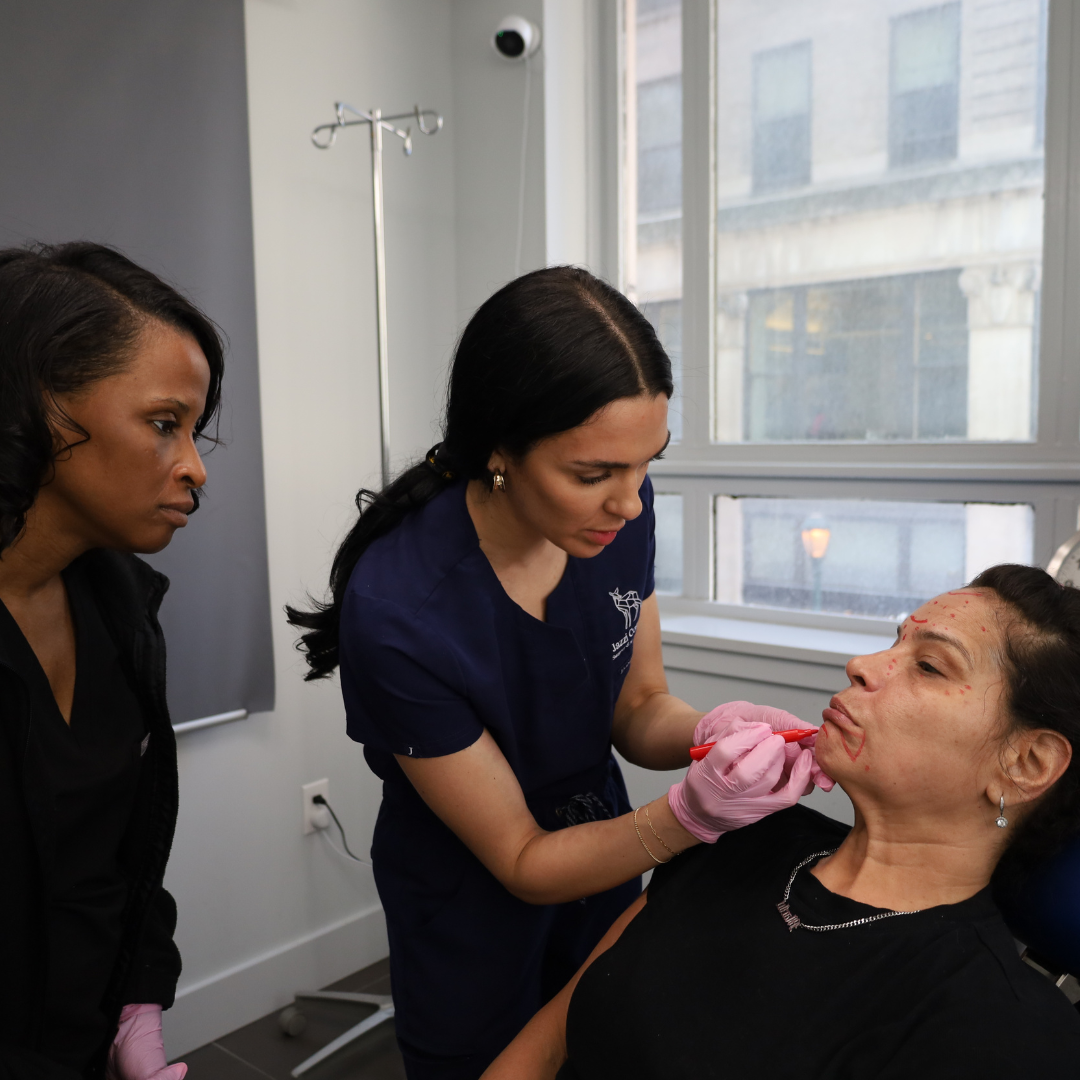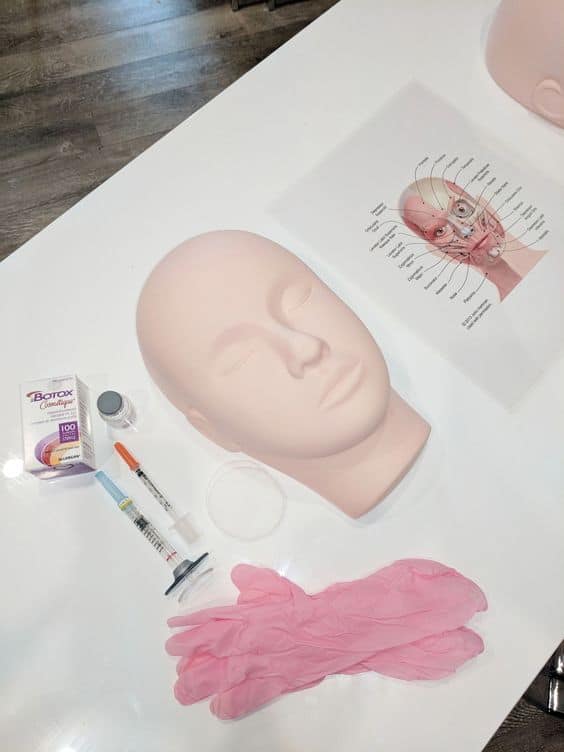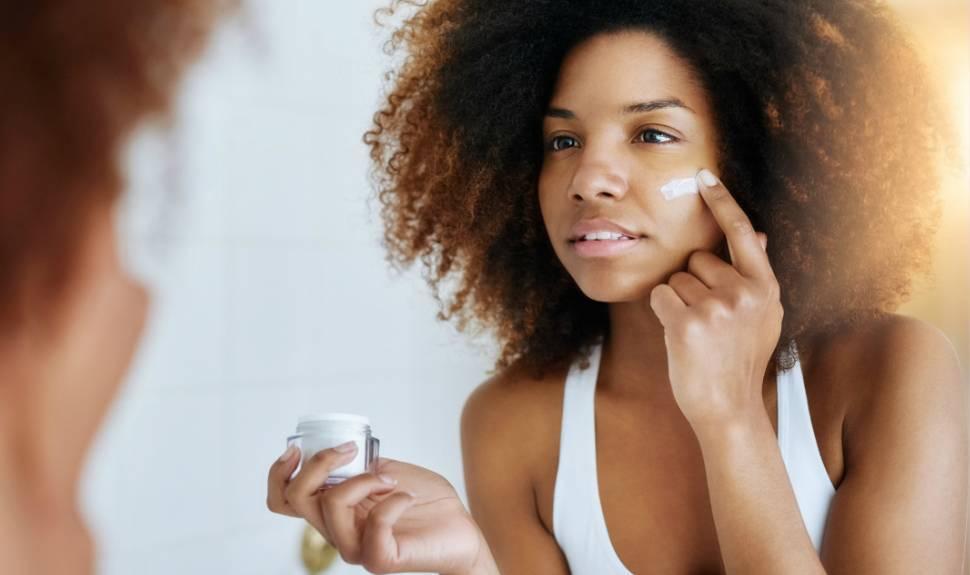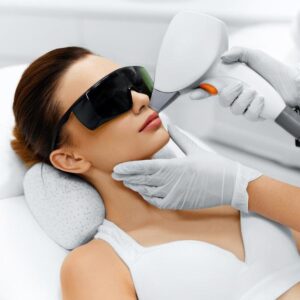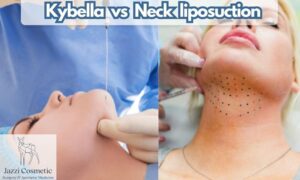Why Is My Skin Type Important?
So often I ask patients “What’s your skin type?” and when they answer “Uh, I don’t know”, I realize that more often than not, people are unaware of the condition of their very own skin. Individual skin type is important because products are designed to cater to specific skin types and concerns. Knowing your skin can help you make more educated purchases and in turn will give you more benefits and results.
What Are Some Examples of Different Skin Types?
There are four main skin types to know about; normal, oily, dry, and combination. Each skin type has its own unique characteristics and therefore its own regimen is needed.
We’ll start with the normal skin type. Normal skin is the most uncommon, but the most desired skin type. Normal skin has a healthy balance of oil and water, and feels comfortable most of the time. It doesn’t experience any dry, flaky patches, or any excess oil production. It’s accompanied very rarely by a hormonal breakout here and there, but is free of any blemishes for the most part. The most important thing to remember about normal skin is that it already has a healthy oil to water ratio, and has a healthy, intact lipid barrier (the layer of natural oil on your skin that protects it from outside aggressors in the environment). This balance means that individuals with normal skin don’t need to use harsh exfoliants, active acne ingredients, or overly hydrating products. Normal skin needs, at a minimum, a simple face wash that won’t strip the natural oils from the face, and a moderately hydrating moisturizer with an SPF of at least 30.
As far as treatments go, normal skin primarily needs maintenance, which can include treatments such as IPL, Microneedling, and light CO2 resurfacing. Treatments such as these can help maintain normal water/oil balance, and keep the skin supple and healthy.
More often than not, your skin won’t be completely normal, it will either be on the dry side, or a little more oily; we’ll talk about oily skin next. Oily skin is exactly what it sounds like, it produces excess oil, or sebum. Sebum is what keeps your skin hydrated and lubricated, but too much can cause breakouts, poor makeup appearance, and be a general annoyance. Oily skin doesn’t always mean acne prone, but it is common. Excess oil is often caused by a poor oil/water balance; oily skin is often dehydrated, meaning it’s lacking water. This deficiency of water throws off your skin and in turn causes it to produce more oil, and for this reason, it is extremely important to keep oily skin hydrated. A common misconception is that oily skin doesn’t need hydration or moisturizer because it has an excess of oil, and while oil does hydrate, oily skin still needs moisturizer. Skin with excess oil production often ages slower because of the extra lubrication, but it can clog pores, feed bacteria, and contribute to low self esteem. Great products for oily skin include foaming cleansers, and water based, oil free moisturizers.
Treatments for oily skin types include Nanoneedling, Moderate CO2, and Radiofrequency. Nanoneedling increases the skin’s water retention by pushing in hyaluronic acid, which draws water to the skin. CO2 resurfaces the skin and when done at a moderate setting, can help even out skin texture and helps it retain more hydration and balance out it’s moisture barrier and tone. Radiofrequency can help oily skin in a different way; as the microneedles penetrate the skin, they emit radiofrequency into the dermis which can damage the sebaceous glands and lead to less oil production along with its other benefits. The most important thing to remember about oily skin is that moisturizer is not the enemy, but more often the solution.
The third skin type we’ll touch on is dry skin. Dry skin is skin that lacks oil, and is characterized by a tight, thirsty feel most of the time. An important distinction is the difference between dry and dehydrated. As we talked about earlier, dehydrated skin lacks water, but dry skin lacks oil. Dry skin is it’s own skin type, but any skin type can be dehydrated. Dry skin benefits from non stripping gel or cream cleansers that give moisture back into the skin, and obviously, lots of moisturizer. There are a ton of great moisturizers on the market, so test out a few to find what you like best. The most often skipped step that dry skin desperately needs is exfoliation. Exfoliating involves sloughing off dead skin cells that sit on the top layer of skin, that can cause dry flaky patches, uneven skin tone, and most frequently uneven texture. Exfoliating this top layer not only improves your skin’s health, keep pores clear of excess skin cells, and give a more radiant glow, but it will ensure that your skin care products are able to sink in completely and be the most effective.
Treatments best suited towards dry skin are IV Hydration, Nanoneedling, Microneedling, and Chemical Peels. Microneedling helps the skin produce more of its own collagen which will keep dry skin hydrated and plump, Nanoneedling is an extreme hydrator, IV Hydration is a quick fix to get you and your skin hydrated, and chemical peels remove the top layer of dead skin and help the skin retain more moisture.
The final skin type we’ll talk about is the most common skin type; combination skin. Combination skin has areas of excess oil production and dryness. Most often the forehead, nose, and chin are the most oily, while the cheeks remain closer to the dry type. The oily areas tend to have breakouts and large, clogged pores, while the dry areas can be more sensitive. The main goal when treating combination skin is balancing out the areas of oiliness and dryness and the best way to combat this is by using products straight down the middle meaning a mildly foaming gel cleanser, and a medium weight moisturizer.
Treatment options for combination skin are vast, because most treatments will help restore balance in the skin. Chemical peels and using retinol products can be especially helpful in normalizing skin type.
Now that we’ve talked about different skin types, I hope that you find it less intimidating to select a great skincare routine that will benefit your skin long after your initial purchase.



